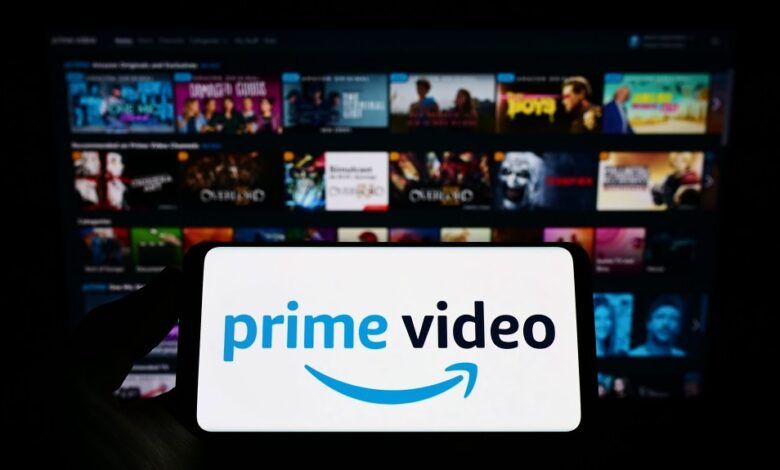Amazon hit with lawsuit over controversial move to show ads on Prime Video

An Amazon Prime subscriber has a significant problem with the company’s implementation of ads on Prime Video and filed a class action lawsuit on Friday challenging the move.
The plaintiff, who lives in California, leveled allegations of misleading advertising and consumer protection law breaches against Amazon in connection to its “unfair” change to ads on Prime Video. The court filing was published and earlier reported by The Hollywood Reporter.
The lawsuit comes about a week and a half after the company started automatically showing limited ads to US subscribers and asking those looking to continue streaming without them to pay an extra charge each month. The fee to go ad-free is $2.99.
The plaintiff asked the court to certify it as a class action covering people who paid for an annual Amazon Prime membership before Dec. 28 of last year. He also urged the court to grant other relief like an injunction “prohibiting Defendant’s deceptive conduct,” various damages and a jury trial, according to the filing.
In the lawsuit, it argued consumers “who subscribed to Amazon Prime before the change reasonably expected that their Amazon Prime subscription would include ad-free streaming of movies and tv shows for the duration of the subscription” due to advertising the e-commerce giant had done over the years for the service. Amazon’s marketing of the service misled and hurt annual subscription consumers “by depriving them of the reasonable expectations to which they are entitled” after the automatic ads kicked in, the filing claimed.
It also alleged, among other things, that Amazon “breached the contracts with Plaintiff and class members by failing to provide ad-free streaming of tv shows and movies as promised” when they signed up for an annual membership.

Amazon declined a FOX Business request for comment about the lawsuit.
When Amazon first revealed in late September that it would bring limited ads to Prime Video content, the company pointed to its desire to “continue investing in compelling content and keep increasing that investment over a long period of time” as the reason for the change. It has put out content like “The Boys,” “Reacher,” “The Summer I Turned Pretty” and “The Marvelous Mrs. Maisel.”
The company also said at the time that it would “email Prime members several weeks before ads are introduced into Prime Video with information on how to sign up for the ad-free option if they would like.” The cost of Prime stayed flat for the option with ads.
Ad-supported plans have become increasingly more common among streaming platforms in recent years as they seek to boost revenue.




